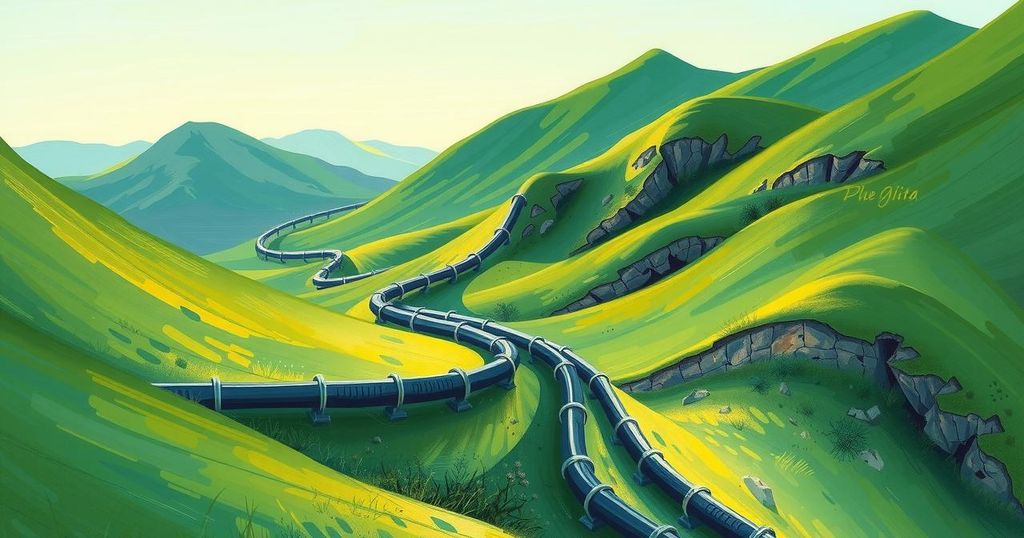The Guinean government permits an Australian firm to mine gold in a region housing endangered western chimpanzees. The environmental assessment indicates potential long-term damage to the wildlife. Despite initial concerns, the mining firm agreed to relinquish portions of its project in the buffer zone. Operations could begin in 2026 if the mining license is granted.
The government of Guinea has granted an environmental compliance certificate to an Australian firm, allowing it to initiate gold mining in a region that is home to critically endangered western chimpanzees. This decision follows the approval of an environmental and social impact assessment for the Bankan Gold project, located in the northeast of Upper Niger National Park (PNHN).
Predictive Discovery, operating under the ticker PDI on the Australian Securities Exchange, estimates the site contains 3.05 million ounces of gold, representing the largest gold discovery in West Africa in the last decade. However, the extensive 1,767-page impact assessment reveals significant potential harm to local wildlife, particularly the chimpanzee population.
The assessment indicates that since exploration began in 2020, mining operations have already displaced several chimpanzees and affected others. The report predicts that mining activities will lead to further habitat loss and long-lasting disturbances to these primates and could alter groundwater levels for decades.
Initially, the proposed project area extended into the park’s buffer zone. Following discussions with the environment ministry, Predictive Discovery agreed to abandon that section of the project. Mining will now occur in what PDI refers to as the “peripheral zone.”
Within the park’s development plan, there are two buffer zones surrounding the core conservation area: a strict zone with limited human activities and a transition zone permitting some development. The “peripheral zone” falls into this latter category. While there were apprehensions regarding mining in a protected area, Aboubacar Samoura from the environment ministry emphasized the need for a positive outlook after ensuring the project would not encroach directly upon protected lands.
Following the issuance of the environmental compliance certificate, PDI promptly submitted an application for a mining license, which could enable operations to commence as early as 2026.
Banner image of a western chimpanzee by Christoph Wurbel via Flickr (CCBY-NC-SA2.0).
In summary, the Guinean government has authorized an Australian company’s gold mining project within the habitat of critically endangered western chimpanzees. Despite the environmental impact assessment highlighting serious concerns regarding wildlife preservation and habitat disruption, the mining company has agreed to limit its operations to the peripheral zone of the park. The potential commencement of mining operations in 2026 raises significant implications for conservation efforts for the local chimpanzee population.
Original Source: news.mongabay.com




